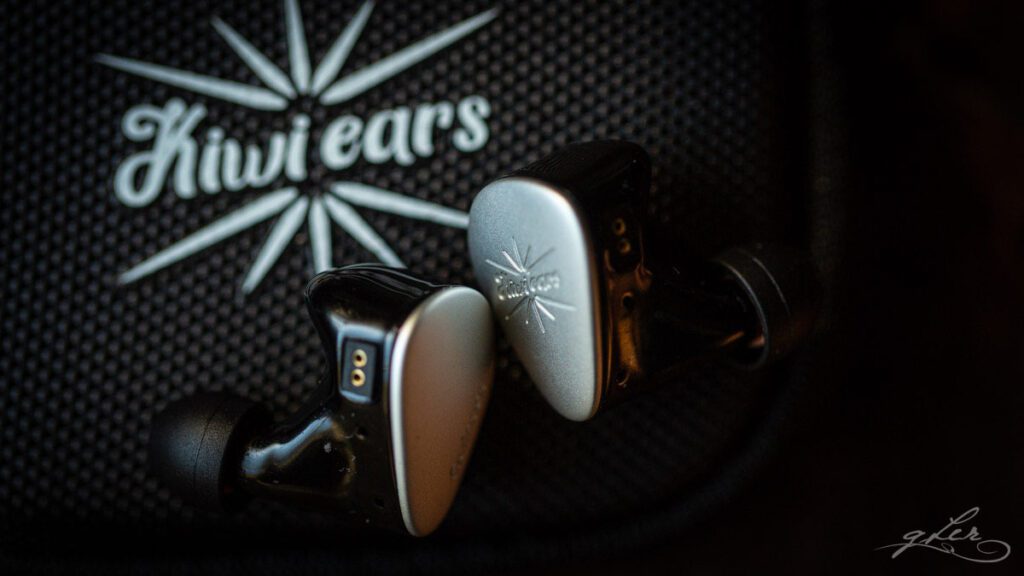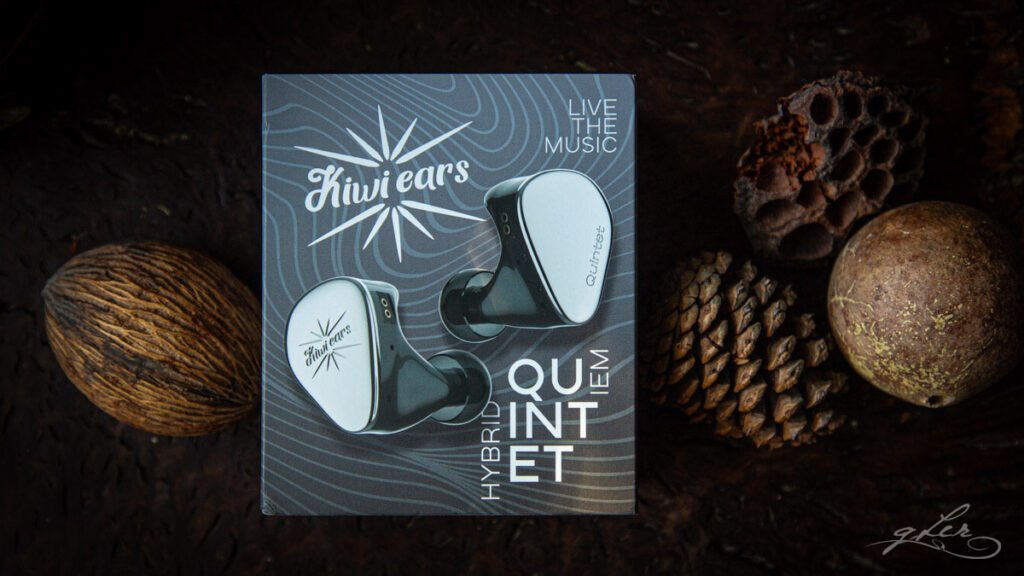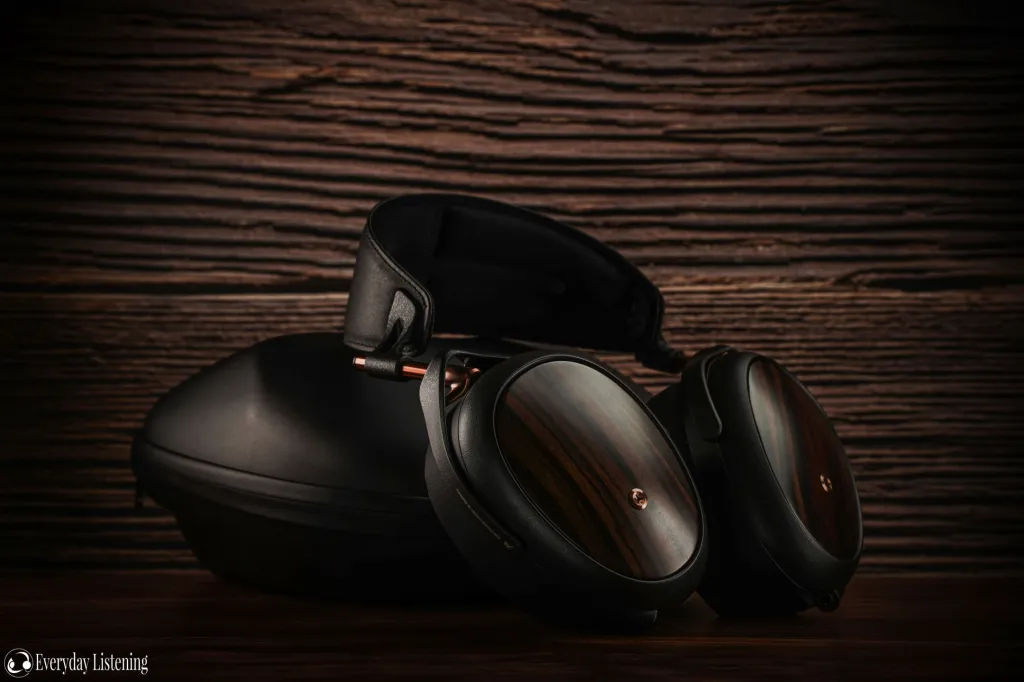I would like to thank Linsoul for sending us a retail sample of the Kiwi Ears Quintet for review. We are not affiliated with Linsoul, and the opinions expressed herein are entirely my own.
Introduction
I’ve only recently dipped my toes back into the ocean of budget IEMs, having mostly focused on the upper tiers of the hobby until now. One of the catalysts for this shift has been the interesting ideas coming from the mainstream market, like the coaxial double dynamic driver design of the Kiwi Ears Quartet (reviewed here), and also that IEM’s bold, creative styling.
While Quartet didn’t quite light up my world with its sound quality, especially when compared to significantly more expensive IEMs, it was still solid enough for the price. So, my expectations weren’t particularly high when Linsoul’s lovely Kareena Tang suggested I try out Kiwi Ears’ latest creation, Quintet.
Retailing at ‘only’ $100 more than the Quartet, so still very much in the budget space, Quintet seems to really be pushing the envelope in terms of tech: four different types of drivers (including a ‘bone conduction’ piezo and microplanar), five drivers per side (hence the name), and – importantly to me – dynamic driver bass.
Secretly I feared that Kiwi Ears, ambitious as the company seems to be, had bitten off far more than it could chew. I’ve heard IEMs with less drivers sound incoherent, and have never come across an IEM with this diverse a driver collection. What could possibly go wrong, right?

Quintet
Quintet is packaged in a compact cardboard box, wrapped in a silkscreened jacket with a high-res image of the IEMs on the front, product information on the sides and back, dappled in the silver-to-black colourway of the earpieces.
Speaking of, the two earpieces sit in a cutout foam tray inside the box, beneath which you’ll find a basic set of accessories: a hard-shelled zipper carry case, two sets of tips in various sizes, and the stock silver-plated 3.5mm/2-pin cable. It’s a no-frills package for sure (you don’t even get a cleaning tool), but given the price bracket, it’s perfectly on point.
Lifting the earpieces from their cutouts, I couldn’t help but be impressed by the smooth, precise finish of the metal faceplates, which are fitted on equally-smooth, glossy-black, 3D printed, medical-grade resin shells. The Kiwi Ears logo and Quintet brand are embossed into the right and left earpieces respectively, a nice touch on an otherwise plain but classic-looking IEM.

The design of the IEMs should suit most ear types. Unlike Quartet, the nozzle is a touch thinner, but also longer, and just about holds onto the Sony EP-EX11 tips I prefer to use. Using these tips, fit is comfortable, deep but not excessive, without too much pressure on the inside or outside of my ears.
On the top side of each shell, you’ll find the standard 0.78mm 2-pin female connector, alongside a small pressure vent (for the dynamic driver). The 2-pin cable connectors fit neatly into their slots without too much pressure, and disconnect just as easily too.
Covered in a grippy dark-brown PET sheathing, the cable is made from four cores of silver-plated OFC copper, with a cylindrical metal Y-splitter and chin slider. It reminds me of the stock FiR Audio Rn6 cable, only thinner and lighter, which is to say very ergonomic, soft to the touch, and kink-free. There’s no 4.4mm option, so you’ll need to swap out your own balanced cable for improved performance, if you’re so inclined.

Tech specs
It seems to be a theme with Kiwi Ears that each of its IEMs looks to break new ground, or at least tries to do something different to what came before.
That’s certainly the case with Quintet, which debuts a very unusual – and possibly unique – combination of four different driver types: one diamond-like carbon (DLC) dynamic driver, two custom Knowles balanced armature (BA) drivers, one custom-made micro planar magnetic transducer (MPT), and one piezoelectric (PZT) bone conductor.
According to Kiwi Ears, the MPT drivers, which are used here as tweeters (4KHz – 40,000KHz), are an entirely new design, with traditional planar magnetic driver circuitry miniaturised for hybrid IEMs. The company says these 5mm drivers deliver high output capacity (up to 118dB) with an extremely low noise floor, and are different to typical BA or EST tweeters, which can respectively lack extension and timbre accuracy, or sound too metallic at higher volumes.
Since the MPT drivers can maintain the same sound pressure output at 14KHz as they do at 4KHz or 8KHz, they can be tuned to better match the dynamic and BA drivers, and are also said to sound more natural than other tweeter types.

Another interesting choice is the use of a piezoelectric ‘bone conduction’ driver limited specifically to ultra-treble (10KHz-plus) microdetail and air. This, according to Kiwi Ears, gives Quintet a heightened sense of texture and resolution, and as you’ll soon see, that’s not just marketing speak.
Despite its driver smorgasbord, Quintet is relatively easy to drive, with a nominal sensitivity of 32-ohm and 108dB/mW. It gets plenty loud at 40/100 on my LG V60 smartphone – without activating high-gain mode – and is just as easily driven, with more authority, using either of Cayin’s RU7 or L&P’s W4 dongles, and that’s with the stock unbalanced cable.
Unlike Quartet, which looked to offer various tuning modes with twin dip switches controlling the bass and treble cut-offs, Quintet offer only one tuning style. In my opinion, that’s a much better way to go, and considering how successfully Kiwi Ears has tuned Quintet, the end-result speaks for itself.

Continue to sound impressions…



